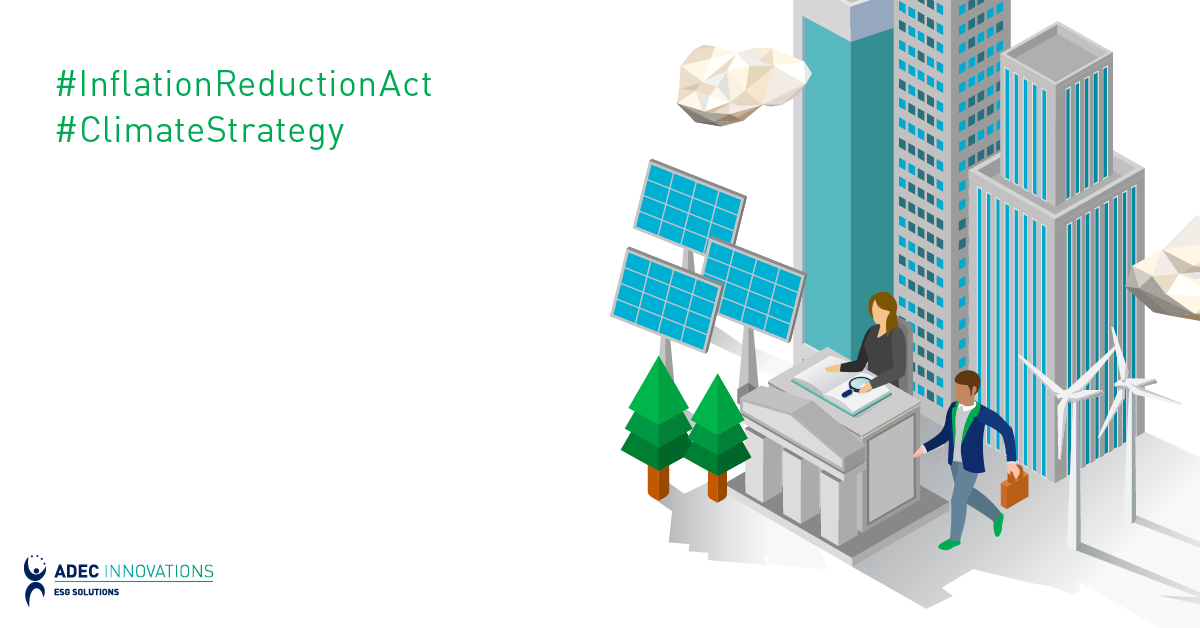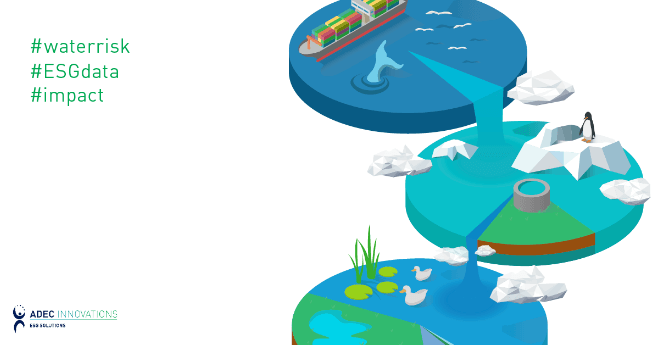September 2017 will be remembered as the costliest, most devastating and most terrifying natural disaster month in North America. So many hurricanes and earthquakes were happening sequentially and concurrently. This is now the new normal.
It started with Category 4 Hurricane Harvey making landfall in Texas on August 28th. This natural disaster brought so much rain that scientists measured a 2-cm- or ¾-inch depression in the Earth’s crust from the weight of 33 trillion gallons (about 125 trillion liters) of water! To give a sense of perspective, the Guajataca dam in Puerto Rico holds 37,000 megaliters, or almost 10 trillion gallons. The devastation prompted President Trump to declare a state of emergency to release federal aid. At the time, FEMA (Federal Emergency Management Agency) expected 450,000 applications for assistance that would push the agency to almost run out of money.
The recovery cost for rebuilding damaged infrastructure and buildings from Harvey is estimated at US$180B. This is more than ten times the federal aid’s contribution of $15B. These costs do not take into account health, wellbeing and productivity losses, or environmental damages which are much more difficult to quantify and are longer-term. These costs did not start when Harvey hit Texas but when everyone was forced to prepare for the onslaught.
While President Trump was signing the cheque for Texas, the governor of Florida was waiting in the wings to get Florida declared a state of emergency in advance of Category 5 Hurricane Irma, the biggest hurricane ever recorded. They knew what was coming from watching Irma’s devastating power being unleashed in the Caribbean. The islands in her path were almost completely destroyed. They were left looking like a war zone.
The Florida government evacuated 6.3 million people from the Miami region, the anticipated landfall, but Irma changed course and landed on the Gulf side. Due to Irma’s size, and power, all of Florida was devastated in varying degrees. The cost of this natural disaster is still being tallied.
Equally important but in the shadow of Irma, the top news story was that Mexico was hit by a major earthquake, causing devastation and loss of life. It was hit with two additional major earthquakes a couple of weeks later.
What was newsworthy was that Irma was closely followed by two other hurricanes in her path: Katia, which made landfall in eastern Mexico as it was reeling from the earthquakes; and Jose, which weakened as it veered north. But it was Hurricane Maria that delivered the one-two punch.
Maria followed in the same path as Irma, causing terror in island residents already ravaged by Irma, and awaiting more from Maria. The damage experienced by the islands in the Caribbean was highlighted by the news coverage of Puerto Rico. In Maria’s wake, Puerto Rico (the entire island) was left without power! It was in a total black-out. Within a couple of days, residents ran out of drinking water and food. Without electricity, there was no banking, communication, fuel, etc. To make matters worse, Maria has severely weakened the Guajataca dam, which is overflowing from torrential rains and looks like it is collapsing. This would cause major flooding.
Governments, generally, are ill-prepared to deal with natural disasters before and after the event. When natural disasters come in quick succession, there is no recovery. The unbudgeted costs will be in the trillions of dollars and will throw any budget out of whack. These costs will take a long time to be recovered by future profit. Natural disasters such as these used to be called “Acts of God.” Now, they are the new normal.
And Maria? After Puerto Rico, she veered out into the Atlantic, and had a date with Hurricane Lee. They headed to the United Kingdom, which felt her wrath in October. Our neighbors across the pond should brace themselves for these natural disasters.
The views and opinions expressed is this article are solely those of the original author. These views and opinions do not necessarily represent those of ADEC Innovations, and/or any/all contributors to this site.
ADEC Innovations is a leading provider of ESG solutions, with expertise in delivering fully-integrated consulting, software and data management services. To stay current on global sustainability issues, subscribe to our monthly newsletter, GreenWatch.




